The most sustainable thing is to take care of what we already have. This means reusing, recycling, retrofitting, and renovating. Timber construction has a long tradition and now, with growing urgency to reduce CO2 emissions, it’s more relevant than ever.
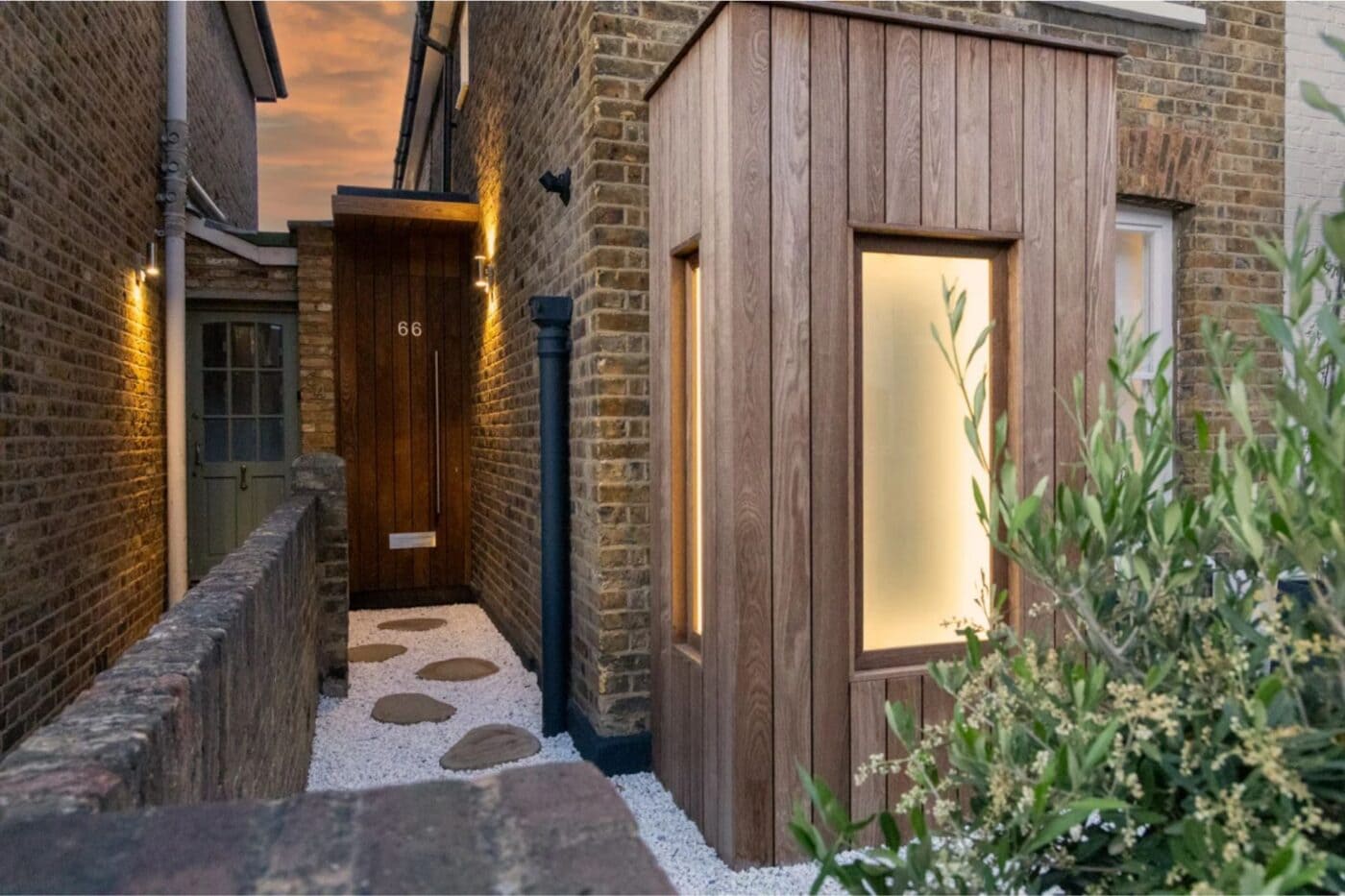
While some dwellings may only require a simple update, others benefit from a deep retrofit that improves the building’s technical performance and energy efficiency. Deep retrofits often require a bigger investment upfront, but the aim is to lower the energy bills and maintenance costs for the homeowner in the long run. And take some pressure off our planet, too.
Buildings are one of the biggest sources of carbon emissions. In Europe, they’re responsible for around 40% of total energy consumption and 36% of CO2 emissions.
Across Europe and beyond, stricter building codes and environmental goals are pushing homeowners and builders to renovate with sustainability in mind. Initiatives like the EU Renovation Wave aim to retrofit 35 million buildings by 2030, recognizing that existing buildings are the biggest climate challenge — and opportunity. With nearly 85% of EU buildings built before 2001, and 75% of them energy inefficient compared to today’s standards, there’s significant potential for improvement.
Natural materials like wood and other bio-based materials are increasingly favored for renovations. Not just for their eco-credentials, but for their beauty, durability, and ease of use.
It is a carbon-storing material
Wood is a natural carbon sink. Using wood in buildings locks carbon away for decades, helping to offset emissions from other construction processes.
It has a low carbon footprint
Compared to concrete, steel, or aluminum, wood has a much lower environmental footprint in production.
It’s ideal for retrofits
Lightweight yet strong, timber is perfect for adding floors, building extensions, or working within the limits of older buildings without overloading their structure.
It can be prefabricated
Wood can be precision-cut off-site, allowing for modular construction, faster installation, less waste, and fewer disturbances during renovations.
It supports circular economy
Sustainably managed forests ensure that wood is renewable. Wood is also reusable, recyclable, and biodegradable, fitting perfectly into circular economy principles.
Fire-retardant
Modern wood products can meet strict fire and durability standards, especially when properly treated. Fire retardant wood is a safe and long-lasting option even in demanding urban or public settings.
Thermory thermowood has outstanding technical properties. It is durable and performs well in different climates. Thermo-ash and thermo-spruce belong in durability class 1, meaning it retains rot resistance for over 25 years. With its low moisture absorption, thermowood also twists, cups and bends less than untreated wood in outdoor use.
Looks matter, too. We might not always acknowledge that, but the aesthetics of our surroundings influence our mood. We feel better in a well-designed environment. Thermory wood has a pleasant look and feel to it with its beautiful coloring and smooth surface.
Thermory has meticulous sourcing principles, not every tree makes the grade. We buy lumber from selected sustainably managed forests and set specific, strict requirements for both suppliers and product quality. This makes thermo-ash with its deep, chocolate brown coloring and excellent durability a good alternative to tropical woods.
Thermowood is enhanced with only heat and steam. No chemicals are used in the process. This also means that there is no need to handle Thermory wood as hazardous waste at the end of its lifecycle.
Wood is easy to work with for both professional building and DIY fans alike. Thermally modified wood is lightweight, dimensionally stable, and easy to install. Also, it needs little maintenance after installation.
All Thermory products have Environmental Product Declarations (EPD) that measure the environmental impact of the products. This makes it possible to calculate the carbon impact of retrofit projects and track the overall environmental footprint.
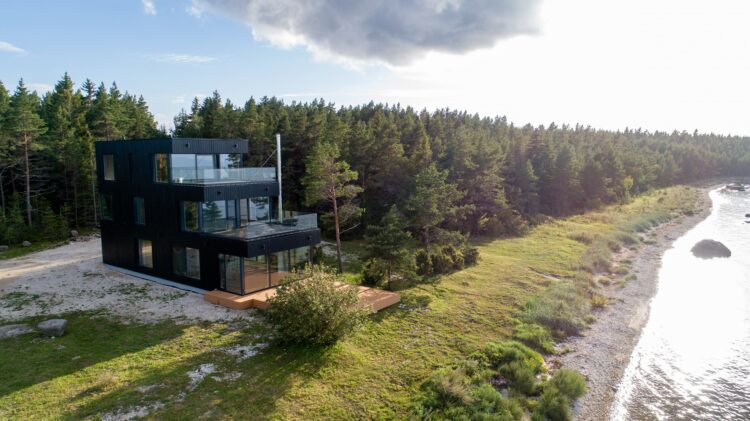
Reconstructing a Soviet era three-story border guard post into an aesthetically pleasing structure is a pretty big challenge.
The goal was to create a natural feel that would be long-lasting and aesthetically pleasing. The architects Ants Rajando and Lembit Tork managed to utilize an existing brick building and create something aesthetically pleasing and blending into the environment.
The seaside building is now clad with brushed and painted timber cladding by Thermory.
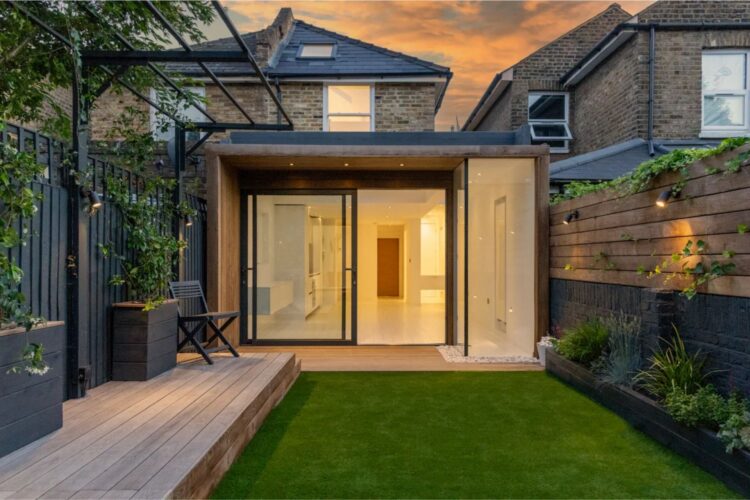
Architects used thermo-ash boards with hidden fixings to modernise this semi-detached property. The material was chosen for decking, horizontal and vertical cladding, and fencing, creating a seamless and elegant look.
At the back of the building, the living space has been extended by the addition of a garden room, joined together by a deck which runs the length of the garden between the two buildings. At the front of the property, the extension and entrance porch have been clad in the same material.
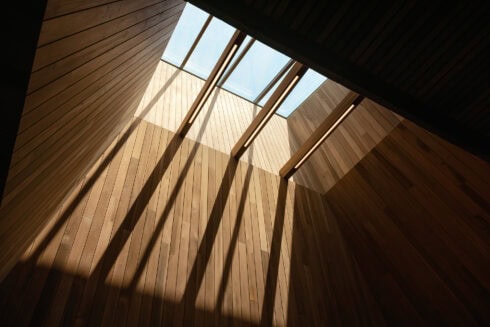
The Thermory Design Awards 2025 once again shine a spotlight on the most inspiring uses of thermally modified wood in architecture and design. This year’s...
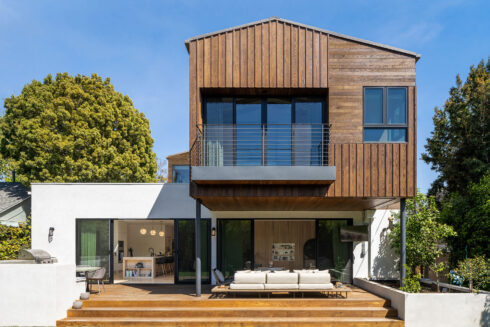
Yes — and you absolutely should. Mixing cladding...
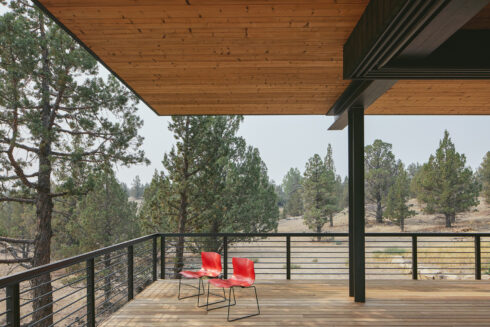
When designing...
...
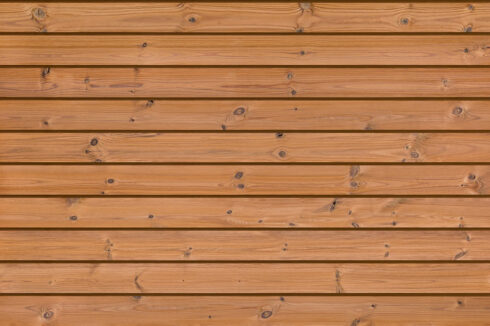
Shiplap cladding...
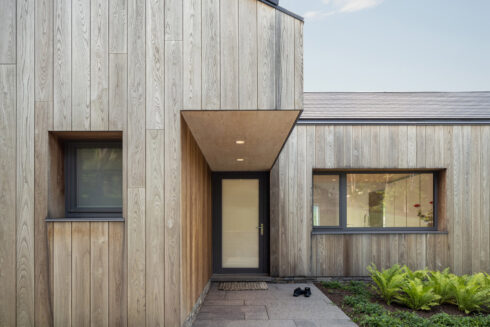
Contemporary...
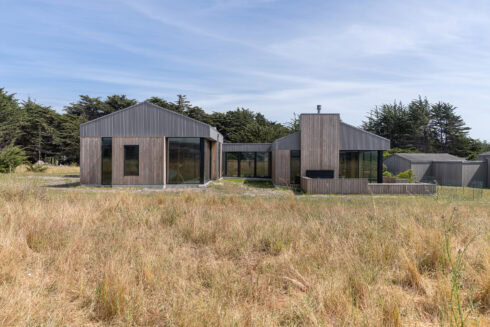
While a wood species’ natural properties play an important role in determining the timber cladding’s durability, they’re only part of the...
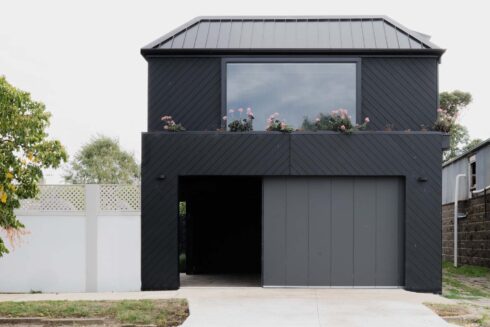
From minimal forest cabins to bold urban residences, black timber cladding has emerged as a defining element of modern architectural design. Its striking,...
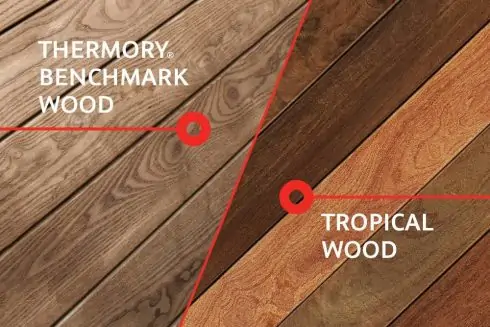
As the construction and design industries evolve, so does the demand for sustainable, high-performance building materials. For over 25 years, Thermory has...
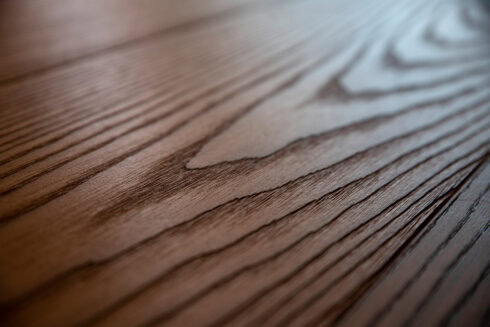
Picture a wood that balances elegance, durability and versatility – a natural material that not only meets your demands but also exceeds your...
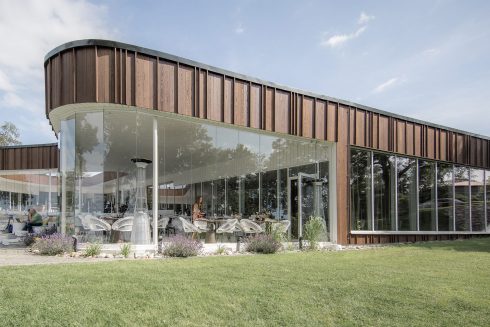
Combining different wood species, finishes and profiles brings variety to any interior or exterior design, delivering a tantalizing injection of texture and...
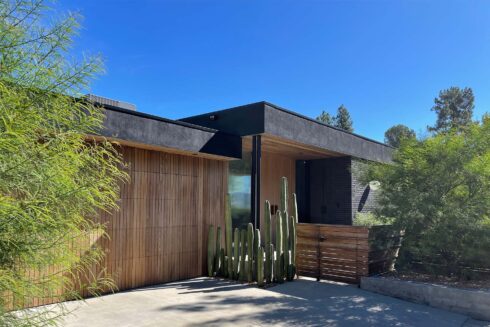
We were curious about the architecture trends and the popularity of timber in Australia, so we asked our down under partner, McCormacks Australia, to tell...

The eye-catching black Thermory Ignite cladding provides a bold look, while also offering the stability and durability that Thermory is known...
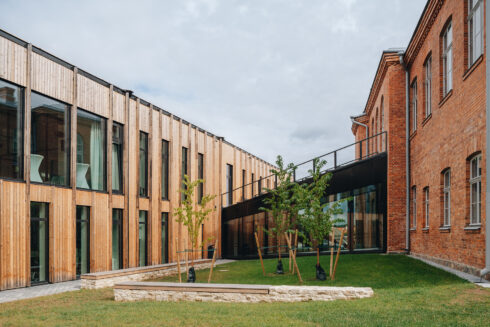
With the EU, US and many other countries aiming to achieve carbon neutrality by 2050, sustainability is not just a construction trend anymore, but it’s...
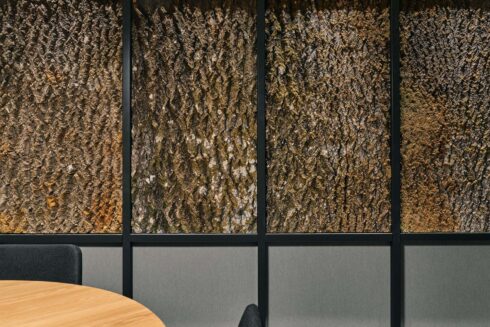
In the quest to shift our world towards more sustainable practices and circular processes, designers are increasingly turning their attention to...
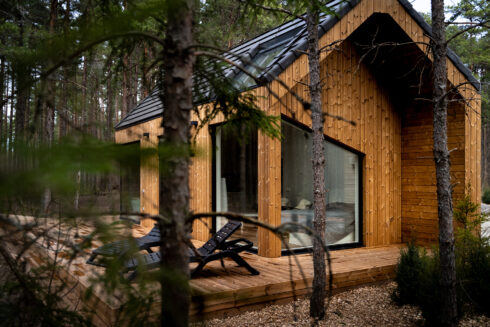
Sometimes, the best place to unwind and get away from it all is a secluded forest cabin in breathtaking surroundings. Find inspiration for your next...
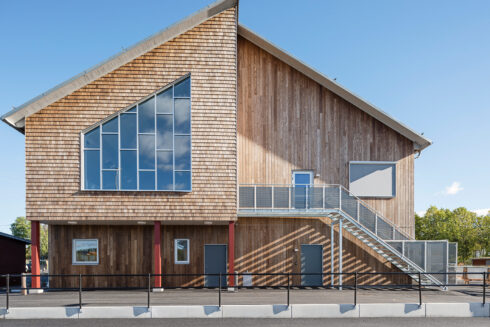
When it comes to designing and constructing educational spaces, choosing the right materials is crucial. There has been a growing trend towards...
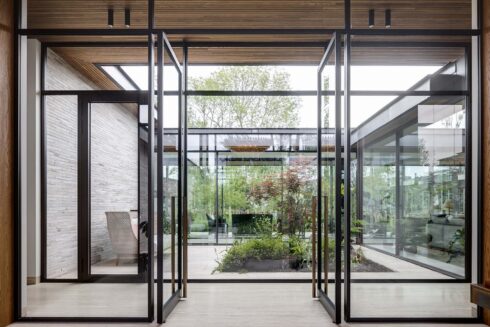
As architects and landscape designers, creating indoor outdoor living spaces that are sustainable and eco-friendly is more important than ever. With a...
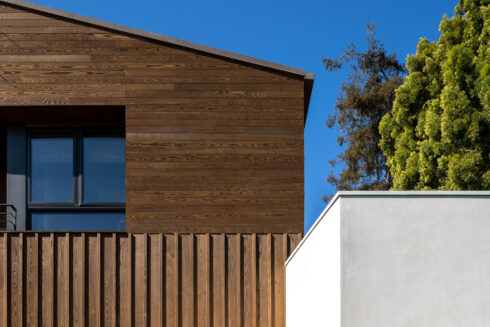
Wood is a highly valuable material and although it grows abundantly, we must treat this natural resource with respect and create value from even the smaller...
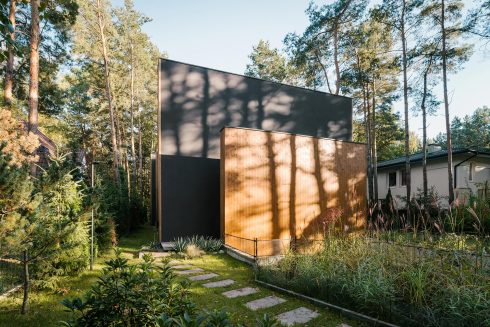
From intimate spaces like our homes to public urban areas, the environment surrounding us has a big effect on our well-being. Recent turbulent years have...
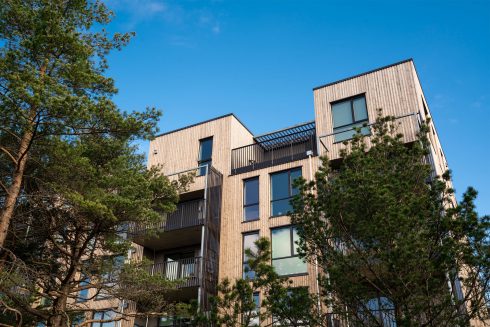
Finding the best solution to clad buildings is important for several reasons – as well as defining the look and feel of your design, it also has a major...
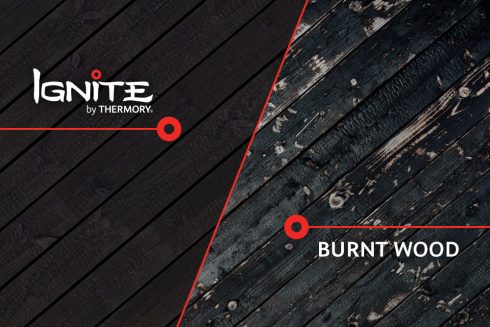
Shou sugi ban, or yakisugi, is an ancient Japanese art of treating wood with a flame to make it more waterproof and rot resistant. Thermory’s Ignite range...
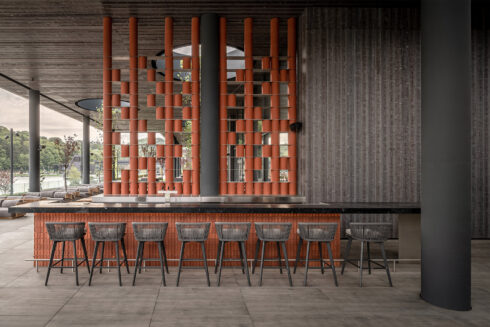
Thermory Design Awards is part of Thermory 25 celebrations for acknowledging and rewarding our...
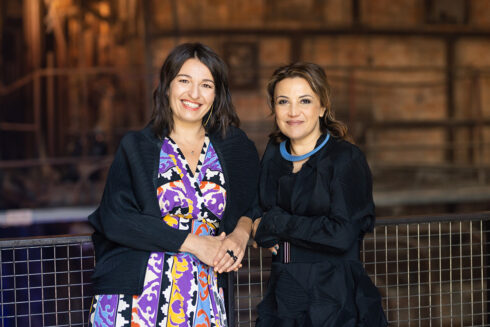
Curators of Tallinn Architecture Biennale 2022 exhibition “Edible ; Or, The Architecture of Metabolism”, Lydia Kallipoliti & Areti...
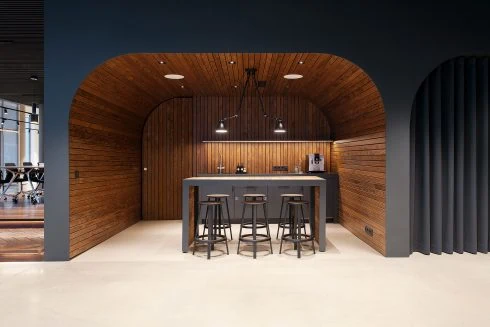
The aim of biophilic design is to create buildings and spaces that enable harmonious, naturally enjoyable experiences for their users by promoting the...
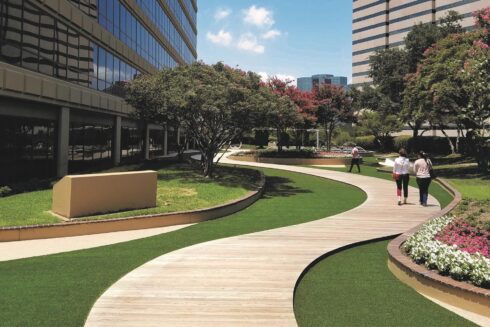
The purpose of biophilic design is to create spaces that deliver benefits for both human health and the environment by nurturing people’s innate affinity...
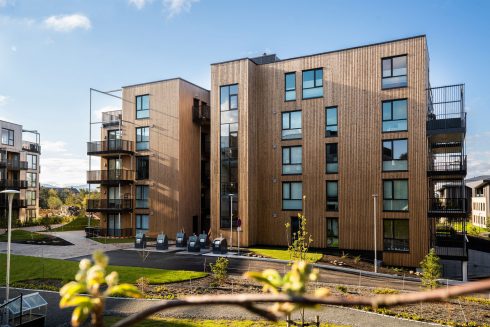
Natural wood can be used in many different ways. The beauty and versatility make wood unequalled building material. As both an interior and exterior design...
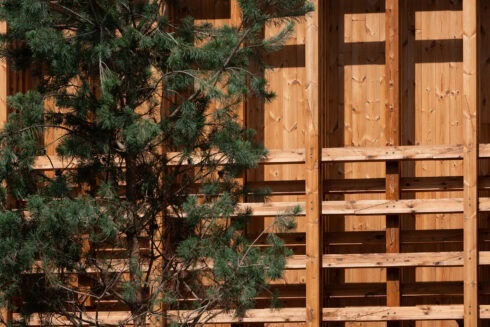
When it comes to...
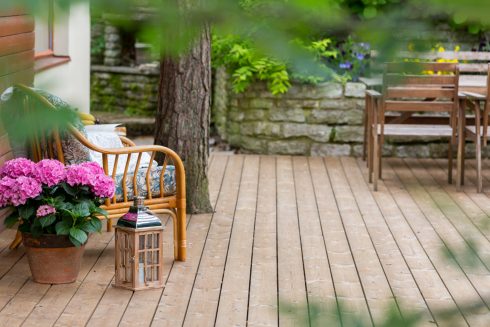
Home is where the heart is – a place where the whole family can feel safe and warm. The building materials you choose should enhance this feeling and...
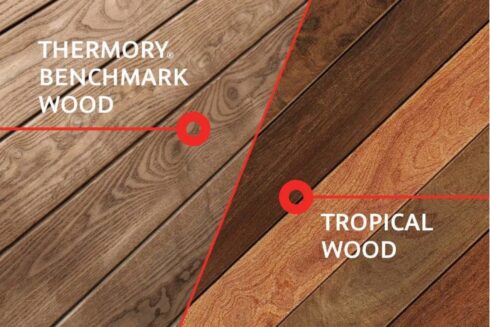
For decades, tropical hardwoods have been prized for their density, durability, and rich appearance. But their popularity comes at a high cost. Many of...
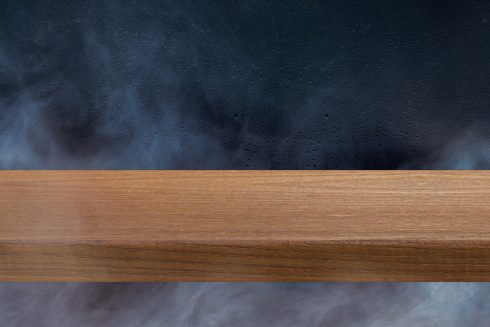
Thermally modified wood, often referred to as thermowood, is real wood enhanced using only heat and steam to improve its durability, dimensional stability,...
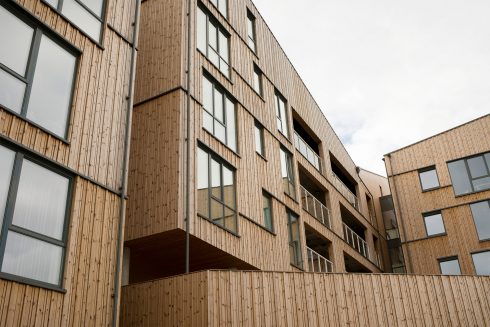
Thermally modified wood offers a unique combination of beauty, durability, and versatility. If you’re searching for fresh exterior cladding ideas,...
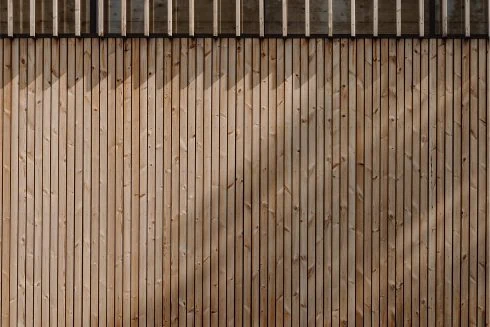
With rising concerns about climate change, the world community’s responsibility to reduce our carbon footprint rests with each and every individual and...
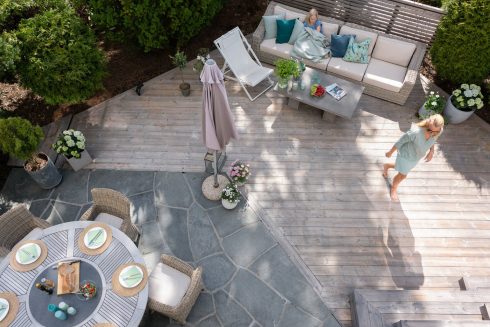
Wood is a natural material – and that’s part of its magic. Over time, its appearance changes, especially when exposed to the elements. Thermory’s...
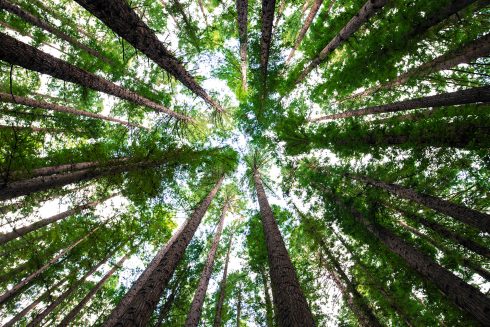
Great design is more than just aesthetics—it’s about how a space makes you feel. Increasingly, research confirms what many have intuitively known: wood...
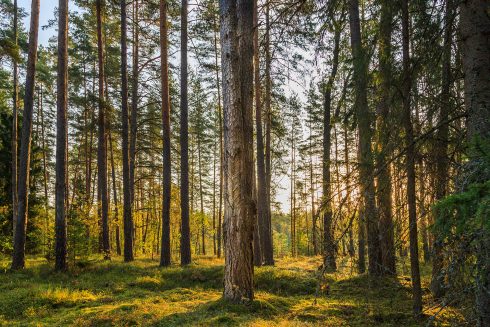
Ensuring the highest quality with the smallest possible ecological footprint and responsible use of resources are all principles that we consider important...

Throughout the history of architecture, surely no other material has been as influential as wood. It’s rare to see a building that’s been produced...
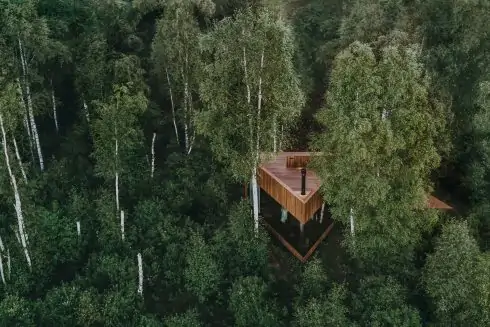
A trend is taking root in the worlds of architecture and interior design based on using natural materials and living plants to better...
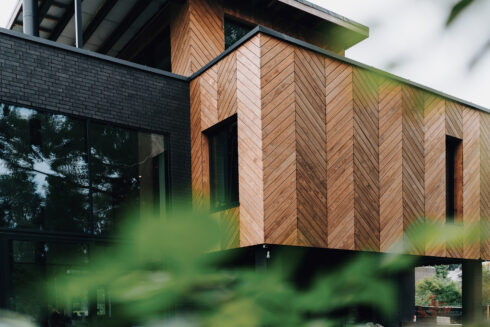
If you’re considering which wood types to use for a renovation or construction project, there are several considerations that may influence your decision...
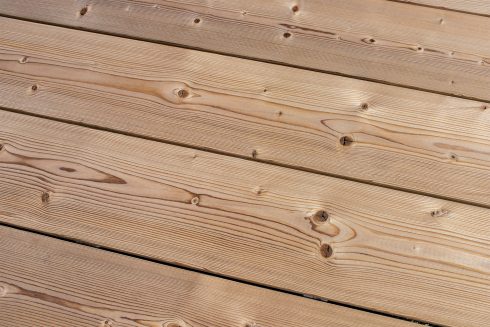
The wood-paneled interiors so common to mid-century homes have become sought after again, as many seek the warm, cozy feeling that the natural material...
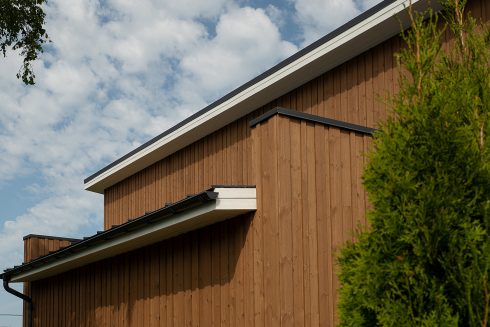
To ensure that your Thermory cladding retains its natural warm and authentic character, it’s important to apply the correct maintenance techniques. The...
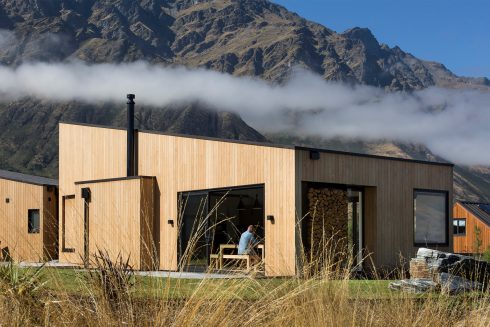
No matter where you live when you’re choosing a decking or cladding material, you’ll have to be mindful of how that material will change over time...
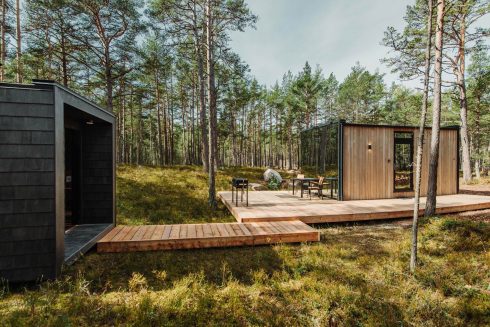
The tiny house movement has gained more momentum in the last decade, but why? It is based on tiny living: owning less so that what you own doesn’t own...

In 2022, the global megatrend of sustainable architecture and building practices will continue. Architecture trends influence the choice of materials both...
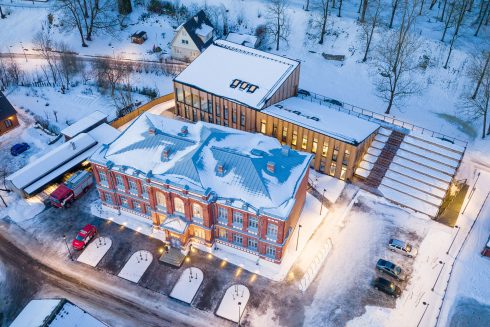
BENCHMARK THERMO-PINE CLADDING C4 20x115 / 26x 115, DECKING D4 26x115
ESTONIA
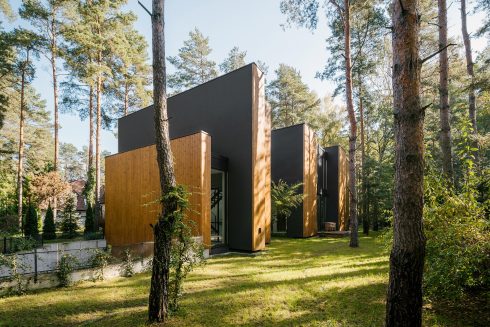
BENCHMARK THERMO-PINE
POLAND
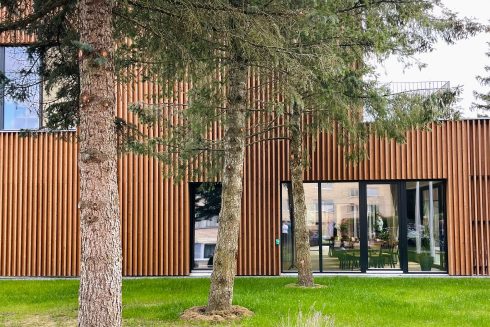
BENCHMARK THERMO-PINE
LITHUANIA
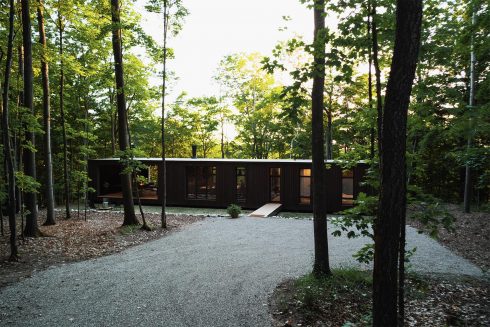
KODIAK THERMO-SPRUCE
MICHIGAN, USA

THERMORY THERMO-PINE MIX & MATCH CLADDING
NORWAY
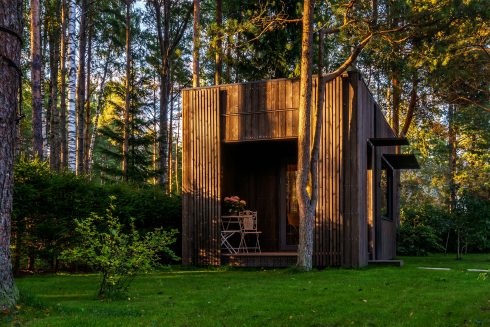
THERMORY BENCHMARK THERMO-SPRUCE BRUSHED CLADDING, THERMO-ASH DECKING AND FLOORING
ESTONIA
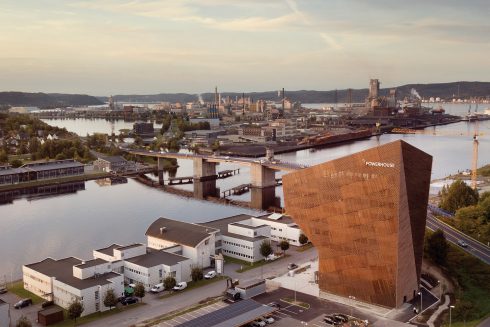
THERMORY BENCHMARK THERMO-PINE CLADDING C4
NORWAY
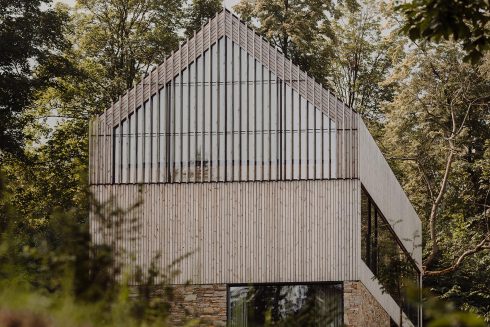
THERMORY BENCHMARK THERMO-PINE CLADDING AND ROOFING
POLAND
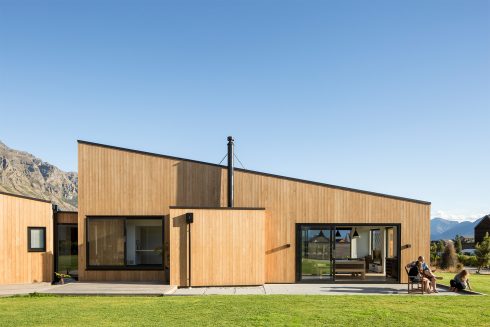
THERMORY BENCHMARK THERMO-RADIATA PINE CLADDING C3
NEW ZEALAND
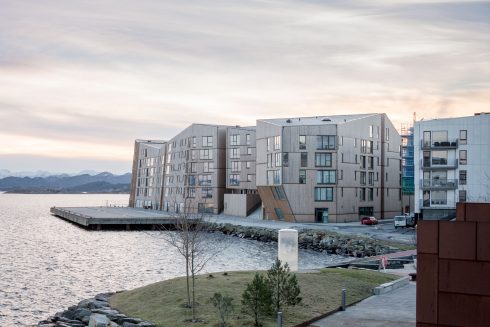
THERMORY BENCHMARK THERMO-PINE CLADDING C3 20X115 MM, ROOFING C10 20X140 MM AND DECKING D4 SG 26X140
NORWAY
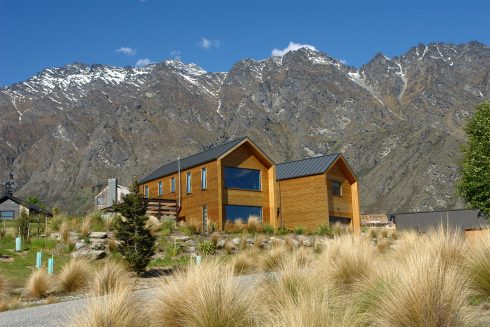
THERMORY BENCHMARK THERMO-PINE CLADDING C8 26X140 MM
NEW ZEALAND
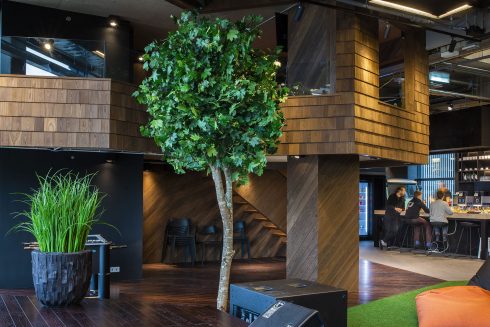
THERMORY BENCHMARK THERMO-ASH AND THERMORY SHINGLES WALL PANELLING
ESTONIA

THERMORY BENCHMARK THERMO-ASH CLADDING C5 20X72/140/190MM, BRUSHED AND THERMO-ASH MEDIUM FLOORING F5 18X245
ESTONIA